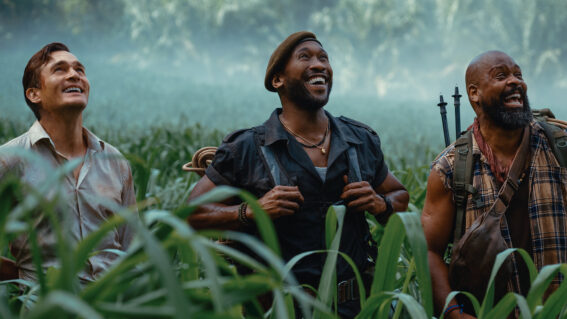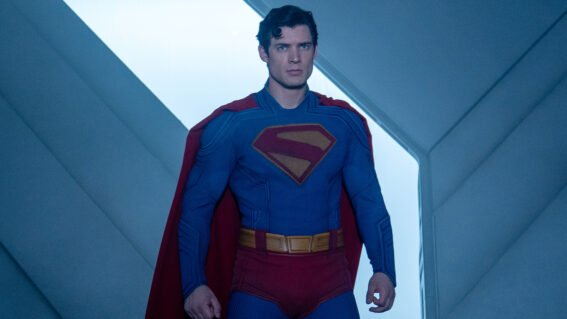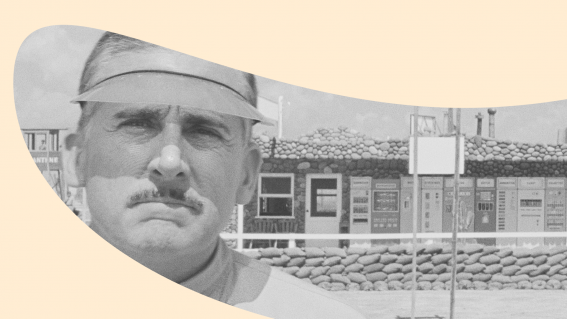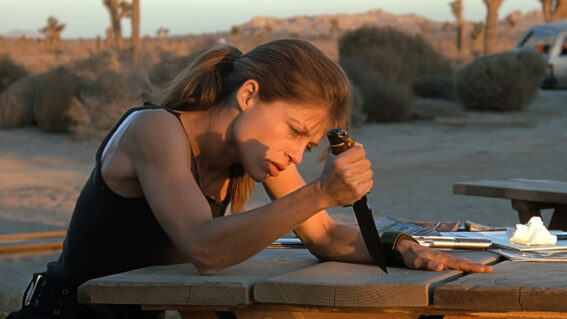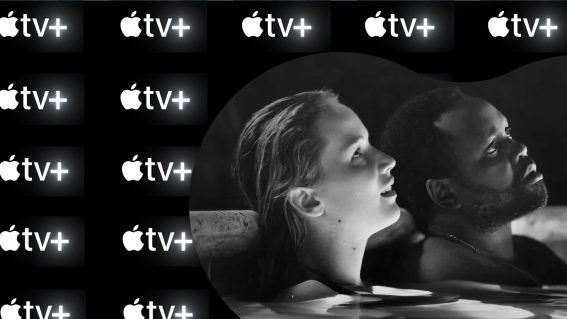Fashionable film: Mrs Harris Goes To Paris and other covetable couture in cinema
Sometime it’s enough for fashion-forward audiences just to witness glorious gowns and designer creations on screen.
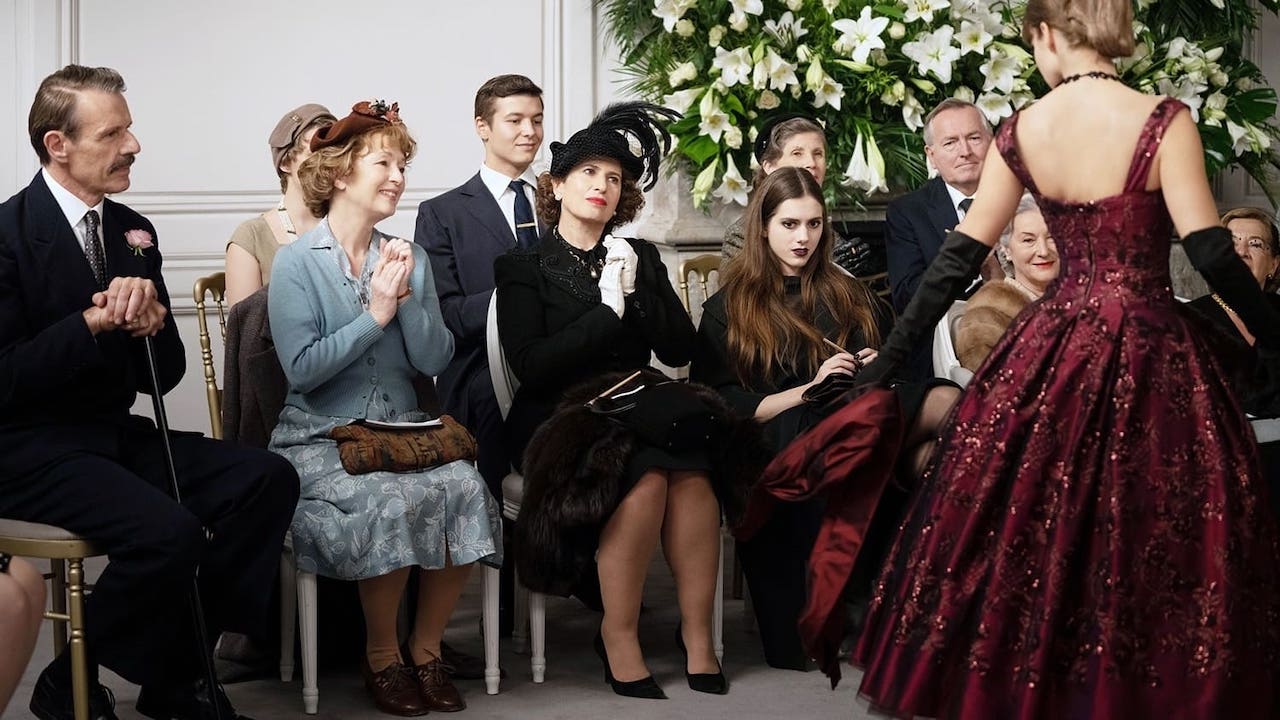
The big screen has always borrowed some glamour from the pages of high fashion magazines, and sometimes the direct input of history’s greatest designers. Lillian Crawford highlights the most memorable scenes of style from Mrs. Harris Goes To Paris, The Devil Wears Prada, and more.
Whenever the titular charwoman sees a Dior dress in Mrs Harris Goes to Paris, the world falls away behind her, her face brought forward in tight, cheery close-up. The effect is amusing, a cinematographic exaggeration typical of romantic comedy when boy first sees girl, et cetera. Yet it is one keenly felt and recognised by any of us who have had our emotions stirred by an item of high fashion—overwhelmed at its beauty, and our desire to possess it and wear it ourselves.
Yet Mrs Harris cannot easily afford the dress of her dreams, aptly labelled ‘Temptation’, as a cleaner and widow living in London. Her clients include a wealthy aspiring actress, who relies on her expensive gowns to attract the eye of Mr Producer rather than the quality of her line delivery. She claims to have nothing to wear, casting her many outfits aside from her wardrobe as Mrs Harris thinly veils her contempt at the spoiled display before her.
She likewise masks her frustration as another client, Lady Dant, shows her the Dior dress she bought herself in Paris, despite failing to pay Mrs Harris’s fee. By contrast, Mrs Harris saves every penny for her own Dior dress, relying on graft and a little bit o’ luck. The appeal of haute couture is not confined to an expensive palate.
Films like Mrs Harris Goes to Paris capture the allure of sequinned gowns and indulgent perfumes perfectly, a desire which does not discriminate based on the size of one’s pocketbook. The mainstream audience of the film relies upon this specific form of relatability, and the intoxicating effect that luxury can have on a person. It pulls from broad success of fashion magazines like Vogue or Vanity Fair beyond those with a specialist interest in design, to the more general desire to simply look and be moved by the clothing. Fashion is “greater than art because you live your life in it.”

Well, some people. That line comes from The Devil Wears Prada, possibly the most popular film about the fashion industry. Set in the offices of the Vogue-like magazine Runway, the film follows aspiring journalist Andy Sachs, played by Anne Hathaway, as assistant to editor Miranda Priestley, played by Meryl Streep. The title sequence is a montage of models dressing for the working day, putting on the finest lingerie, cosmetics, shoes, and coats intercut with Andy pulling on her lumpy blue sweater and applying chapstick to her lips.
Yet as the film progresses, she learns the appeal of haute couture to the extent of alienating her old friends and throwing others quite literally under the bus. As Emily Blunt’s rival assistant reflects, “You sold your soul to the devil when you put on your first pair of Jimmy Choos.”
The popularity of Runway is best described by art director Nigel Kipling, played by Stanley Tucci: “this is not just a magazine. This is a shining beacon of hope.” The same can be said for Mrs Harris’s Dior dress, something to aspire to, to long for, and then to possess solely for oneself. Runway is based directly on Vogue in The Devil Wears Prada, with Miranda Priestley is a pointed imitation of editor Anna Wintour, known for her punishing candour. People across the globe look to Wintour as the arbiter of taste, for “her opinion is the only one that matters”, as Nigel says of Miranda.
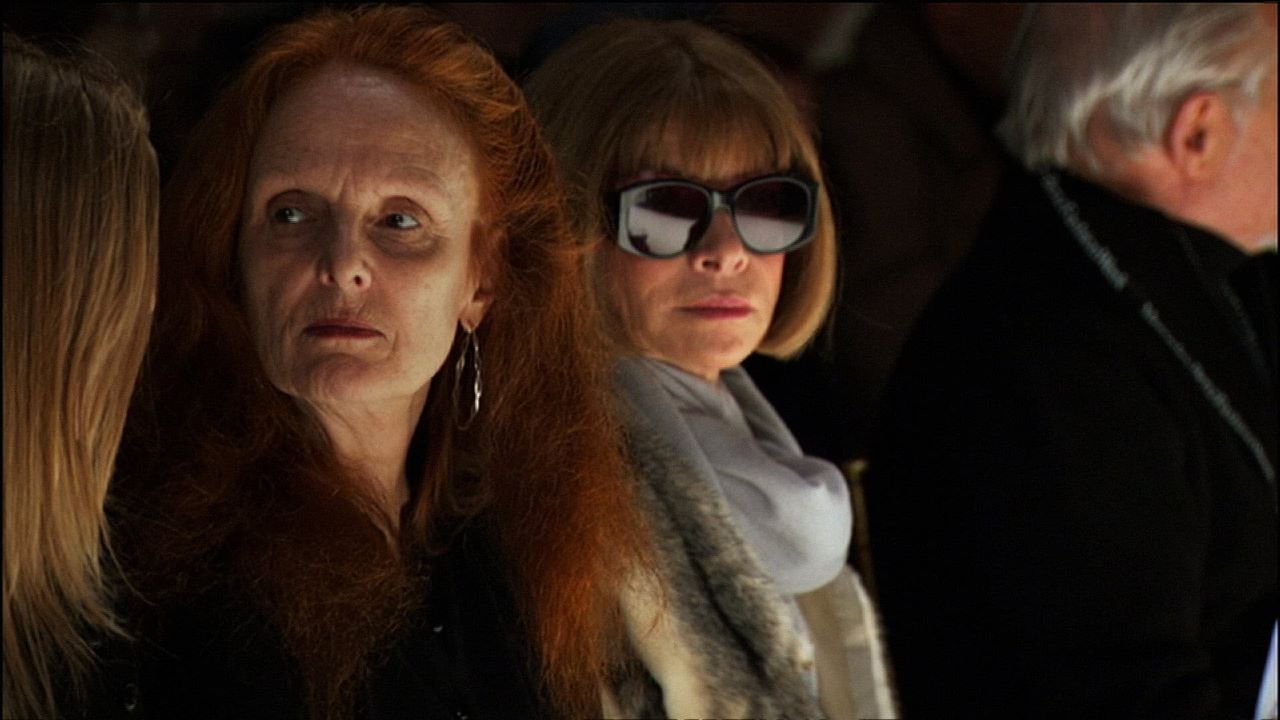
Popular interest in the inner machinations of the fashion industry and major publications like Vogue has spawned a distinct documentary genre that pulls back the curtains to reveal the work that goes into the creation of haute couture. Released in 2009, R.J. Cutler directed a documentary about Wintour’s editorial process entitled The September Issue. The success of the film saw its focal tome of Vogue become one of the most sought-after issues ever, with copies peaking on eBay for $115. At 840 pages, it is one of the longest issues in the magazine’s history, an arduous process which relies upon the inevitable popularity of the publication upon its release.
For Mrs Harris, the reason for going to Paris is not simply to see the dresses, however, but to own one herself. She is in awe at the sight of Christian Dior himself, whom she remarks bears an uncanny resemblance to her milkman, highlighting the celebrity appeal of the designer. Biopics of fashion designers focus on the life events which shape their characteristic styling, from Anne Fontaine’s Coco Avant Chanel (2009) to two drama films released in 2014 about Yves Saint Laurent, directed by Jalil Lespert and Bertrand Bonello.
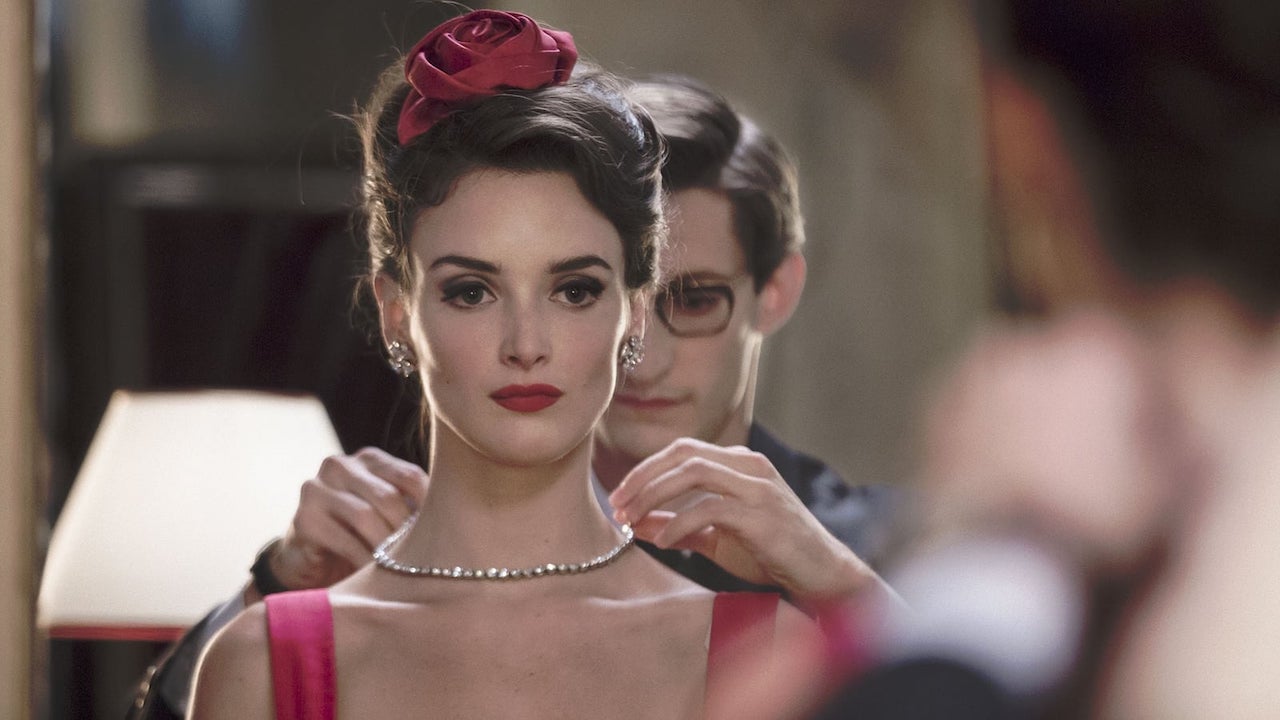
The relationship between these designers and cinema has been a long one, with Chanel having provided costumes for films such as L’année dernière à marienbad (1961) directed by Alain Resnais, and Saint Laurent for Belle de Jour (1967) directed by Luis Buñuel. Costume design is commonly highlighted in the opening titles of films, often appealing to awards voters, and used as a byword in reviews when a film is otherwise lacking in quality. But part of the appeal of going to the cinema lies in looking at the clothes on display, inspiring audiences to desire to quite literally be in each character’s shoes.
Many of us are like Mrs Harris, looking up at the stars and wanting one of our own.









